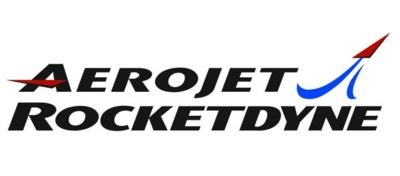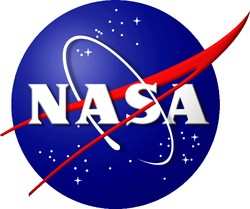Tue, Jul 22, 2014
Goal Is To Provide More Affordable Launch Services For Medium And Heavy Lift Missions
A recently-completed study conducted by Rocketdyne and Ball Aerospace focused on the development of a common upper stage service for NASA, designed to enhance the performance of the NASA Launch Services (NLS) II medium and heavy launch vehicles for planetary and heliophysics missions, and pave the way for additional missions by providing more affordable launch services.

"Aerojet Rocketdyne is proud to be part of this effort with NASA to study a common upper stage service that could encourage competition, enhance capabilities and enable more science-based missions in space," said Julie Van Kleeck, vice president of Advanced Space and Launch Programs, Aerojet Rocketdyne. "We look forward to the next phase of this project and continuing our trusted relationship with NASA."
The new common upper stage could be integrated on a number of launch vehicles, including Antares, Atlas V and future NASA-procured launch vehicles such as the Delta IV Heavy. The upper stage would allow launch vehicles to deliver spacecraft and payloads to further destinations in space that are otherwise not possible with existing launch vehicles alone. The common upper stage could benefit NASA by enhancing capabilities and encouraging competition among launch vehicle providers for upcoming planetary and heliophysics missions. It would also be the first space vehicle to integrate the new green, non-toxic propellant being developed and qualified by Ball Aerospace & Technologies Corp. and Aerojet Rocketdyne for NASA on the Green Propellant Infusion Mission (GPIM).

"It is rewarding to see that NASA's investment in green propellant has direct application to this common upper stage due to its increased performance and human safety benefits," said Jim Oschmann, vice president and general manager, Civil Space & Technology, Ball
Aerospace.
The new common upper stage service could be available by 2017, and could enable such missions as Solar Probe Plus and future missions to Mars, Jupiter and Saturn. Aerojet Rocketdyne plans to provide a full upper stage service to NASA, the Department of Defense, commercial customers, principle investors and mission planners, and will provide support to them to better understand the service capabilities.
More News
Option Approach An approach requested and conducted by a pilot which will result in either a touch-and-go, missed approach, low approach, stop-and-go, or full stop landing. Pilots >[...]
"Emirates is already the world's largest Boeing 777 operator, and we are expanding our commitment to the program today with additional orders for 65 Boeing 777-9s. This is a long-t>[...]
(Pilot) Reported That There Was A Sudden And Violent Vibration Throughout The Airplane That Lasted Several Seconds Analysis: The pilot was returning to his home airport at an altit>[...]
“This recognition was evident during the TBMOPA Annual Convention, where owners and operators clearly expressed their satisfaction with our focus on customer service, and enc>[...]
Overhead Maneuver A series of predetermined maneuvers prescribed for aircraft (often in formation) for entry into the visual flight rules (VFR) traffic pattern and to proceed to a >[...]
 ANN's Daily Aero-Term (11.19.25): Option Approach
ANN's Daily Aero-Term (11.19.25): Option Approach Aero-News: Quote of the Day (11.19.25)
Aero-News: Quote of the Day (11.19.25) NTSB Final Report: Sting Sport TL-2000
NTSB Final Report: Sting Sport TL-2000 Aero-News: Quote of the Day (11.20.25)
Aero-News: Quote of the Day (11.20.25) ANN's Daily Aero-Term (11.20.25): Overhead Maneuver
ANN's Daily Aero-Term (11.20.25): Overhead Maneuver




